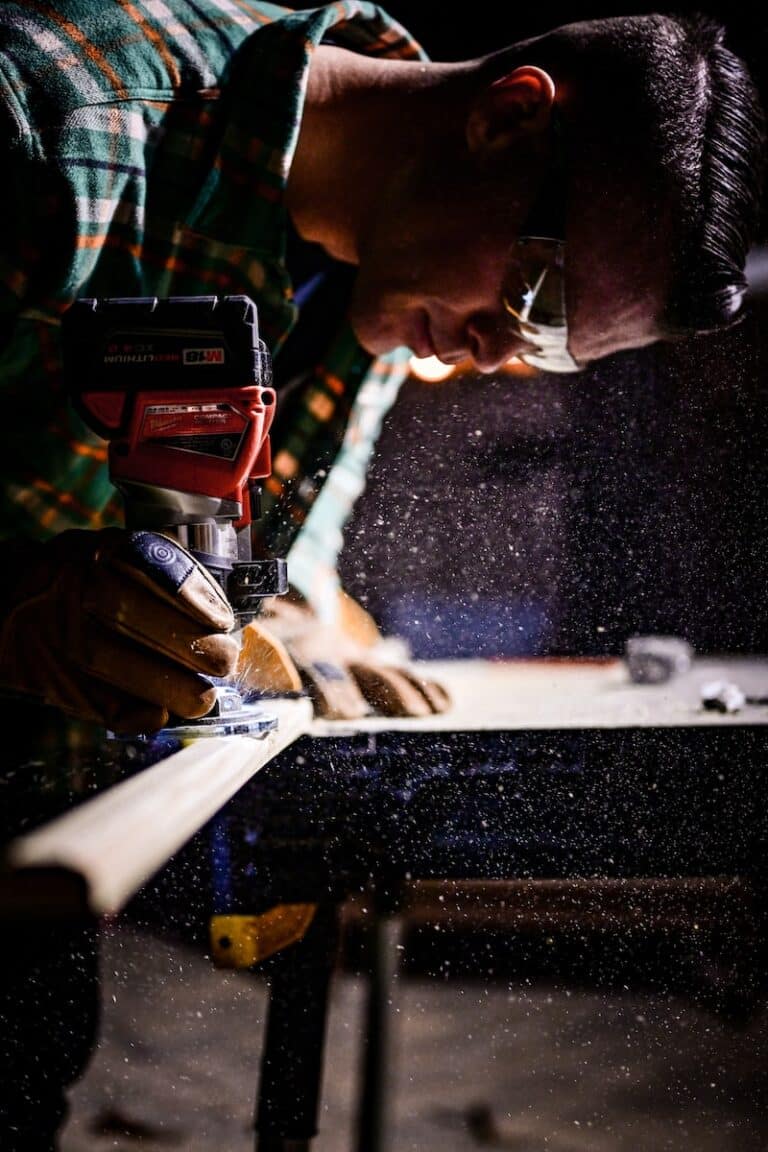Older houses have a special charm, but their age also means some important parts of the house might not be in tip-top shape. Here are five things to check on, either with your real estate agent or during the home inspection.
Pipes and Water Filters
If there’s a chance the home has old pipes or if the property gets its water from a well, check the age and quality of the filtration system and pipes. Filtration systems are especially important for houses that use wells. If sulfur or other minerals are common in your area, you’ll want to make sure to filter them out of your water. Although it does not harm humans or animals, sulfur stinks like rotten eggs–probably not a smell you want every time you turn on a tap.
If you’re checking the pipes, ask what material they’re made of and when they were last replaced. Pipes of brass or copper usually last 50 years or more, but pipes made of steel can last as little as 20. Pipes made from a plastic called PEX usually last between 40 and 50 years. Look out for pipes made of the plastic polybutylene, commonly used from the 1970s to the 1990s. Chlorine, found in many household cleaners, corrodes this plastic and might lead to sudden breaks in the pipes.
Bugs, Bats, and Mice
Older houses are more prone to unwanted animal visitors. The most common pests are:
- Termites: Termites devastate wood and its features including floors, drywall, window frames, and even structural supports. Signs of termite damage include sagging floors, pinpoint holes in drywall, and hollow-sounding wood supports.
- Bats: Less common in the city but fond of living in dark attics accessible to the outdoors, bats are a tricky animal to get rid of. They are endangered, which means homeowners cannot kill them and can only remove them from the house at special times of year.
- Mice: While some homeowners never know they’re there, for others mice become a real annoyance. They eat food out of kitchen cabinets, leave droppings, and nest in insulation. Keep an eye out for mice in winter when it becomes too cold for them to live outside.
Ask the seller for records of any previous animal problems, and make sure to hire a home inspector who knows the signs of various animal infestations. Better yet, spend the extra money for a qualified pest inspection prior to purchasing the home.
The Roof
Find out how recently the roof was replaced, and if there have been any major leaks since then. Corroborate whatever you learn from the seller with your own observations and a home inspector’s expertise. Peeling plaster, buckling paint, and discolorations at the seam between wall and ceiling are strong signs of water damage. Figure out if the roof is the source of that damage before you decide to make an offer on a property.
Windows and Insulation
Old houses tend to have energy inefficient windows–which increases your heating and cooling costs substantially. Of course you want to assess the quality of both a home’s windows and its insulation, but replacing old windows with more energy efficient ones is often the cheapest, quickest, and least invasive way to cut down on energy bills.
Also look into the kind of insulation used in the home. Homes built in the late 1800s and early 1900s sometimes had newspaper or cotton for insulation, both substances that biodegrade over the course of a hundred years. Even if your house was insulated when it was built, that insulation might be mostly gone by the time you move in.
Lead Paint
This is the big one for many home buyers, especially those with children under the age of 6. Since lead paint wasn’t banned until the 1970s, many older homes have or have had lead paint inside. But that isn’t necessarily a cause to panic. The three things you can do are 1) ask the seller if there are any records of lead-paint in the home. 2) Check the lead –paint records at https://eohhs.ehs.state.ma.us/leadsafehomes/default.aspx. If it has ever been inspected, the results would be listed in this database. 3) Hire a certified lead inspector to take a look at the home and provide a remediation plan. You can also inquire with the town and state government about funds to offset the costs of de-leading a home. Depending on your income and the historic value or age of the home, there may well be some state support for de-leading.



